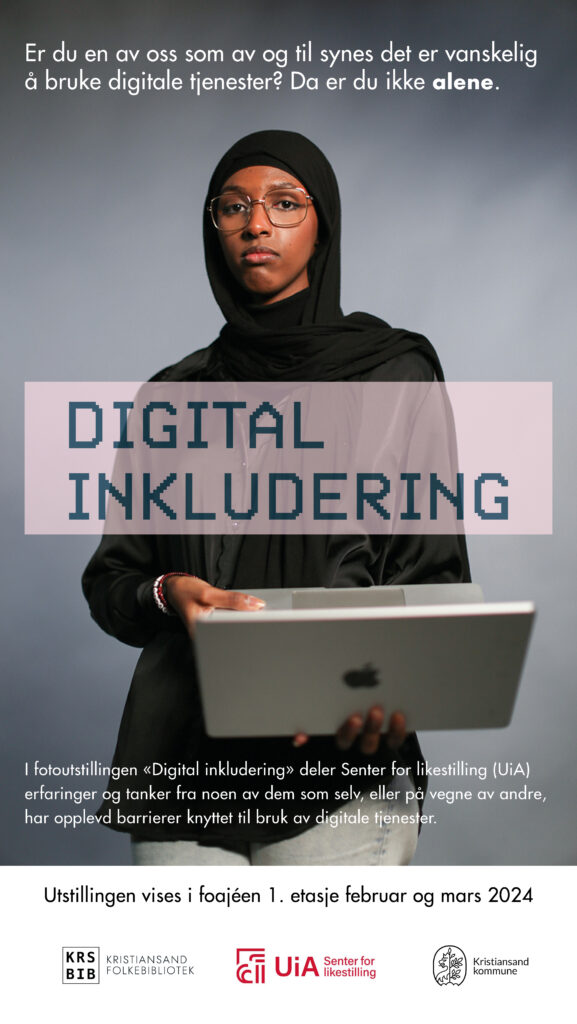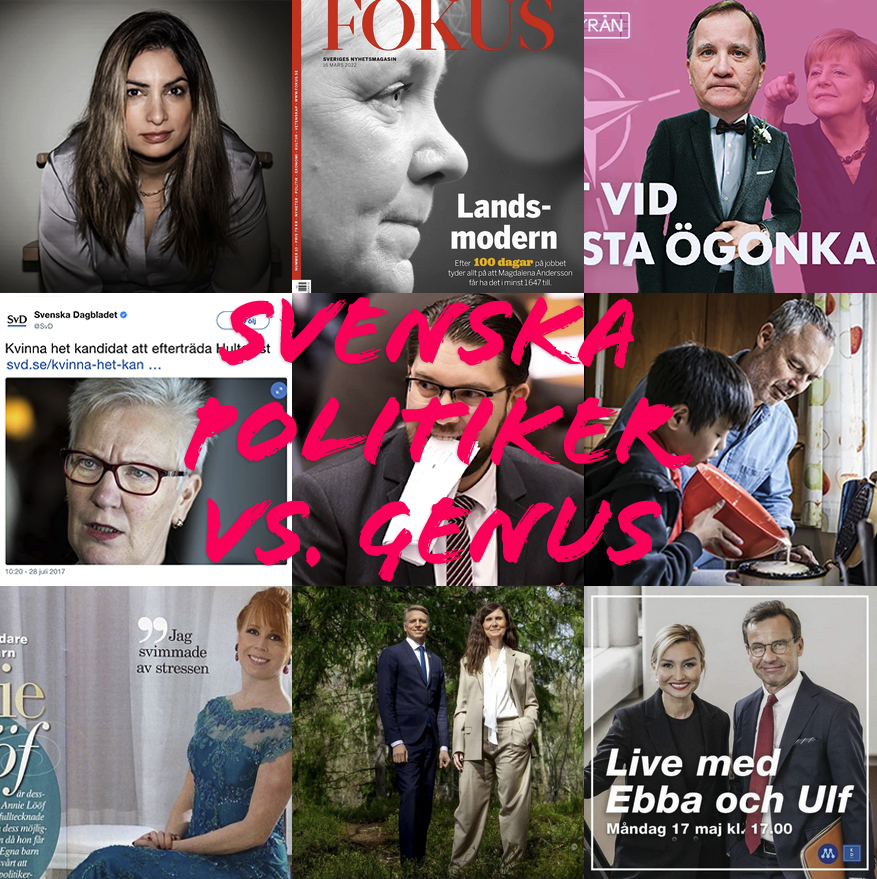The Image of Us
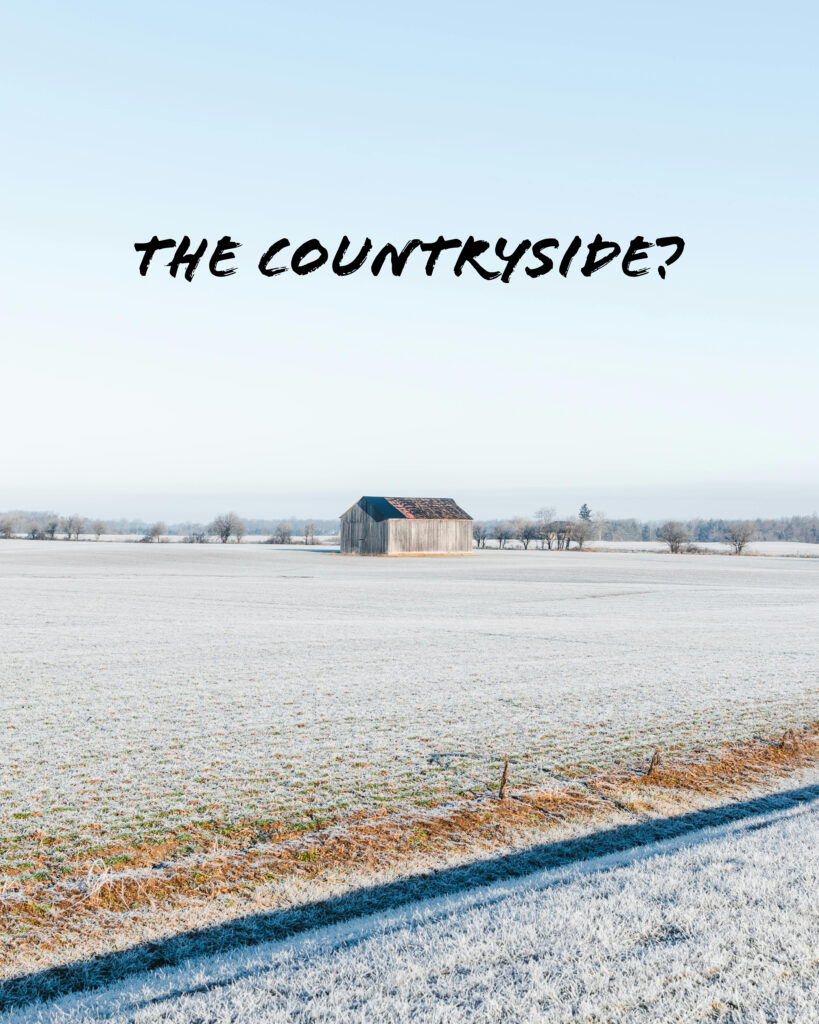
Why is the countryside often depicted with an image of a deserted barn (at least in Swedish news articles)? Or with overly romantic, yet equally depopulated, nature scenes?
Where are the people? Daily life? All the encounters? Innovation? Progress? Diversity? Or is all that happening in that barn? 🧐
”When we see images with people, we can relate and feel empathy. Both for the people and the places. When we see images without people, it confirms the belief that there are no people in the countryside in Sweden. Then it becomes easier to distance oneself and think that those places aren’t so important. It doesn’t matter much if they have worse conditions, are exploited, lack functioning infrastructure, or if the elderly don’t have functioning alarms.”
This is one of many perspectives highlighted in ”The Image of Us,” a handbook about challenging the urban norm. It’s published by @heimbygda, an organization that brings together about 70 local heritage associations in Jämtland and Härjedalen.
The book is completely free! You can download it at bildenavoss.se.
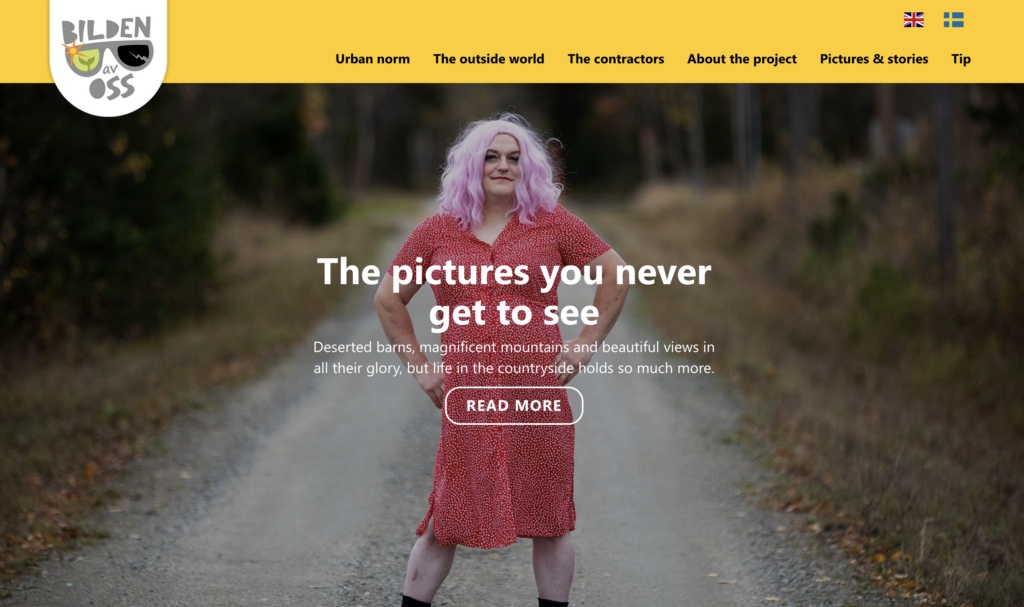
I contributed to the book with a visual analysis. Of a regional brochure whose cover image had a somewhat backward-looking gender perspective (a man rescuing a woman dangling from a cliff). We also discovered that none of the three images on the cover were actually taken in the region, by checking the image data. Which is the least you could ask for – from a brochure meant to mirror its region and the population living there.
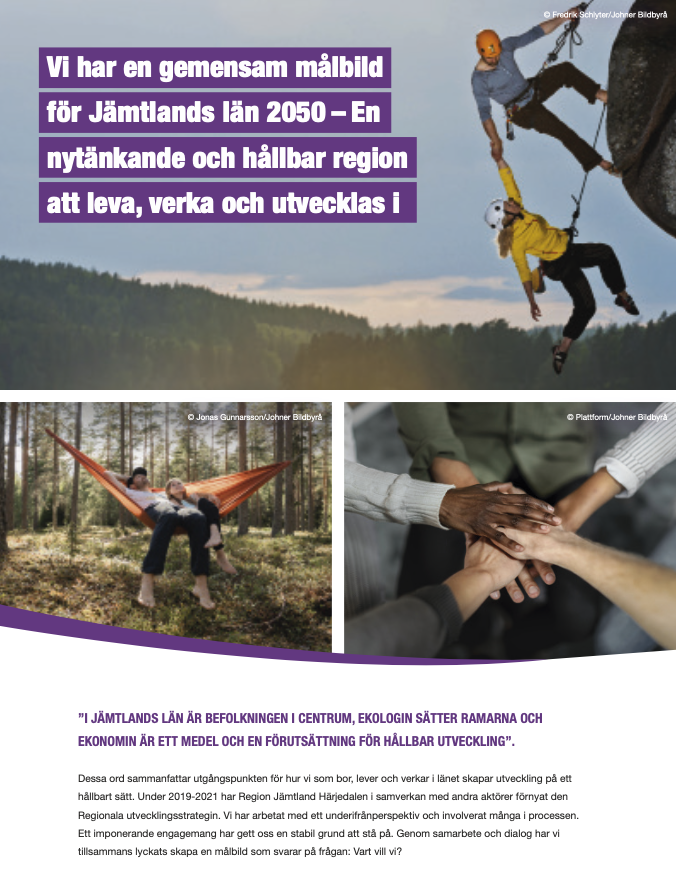
#thecountryside #bildenavoss #urbannorm
Beloved Propaganda Dad
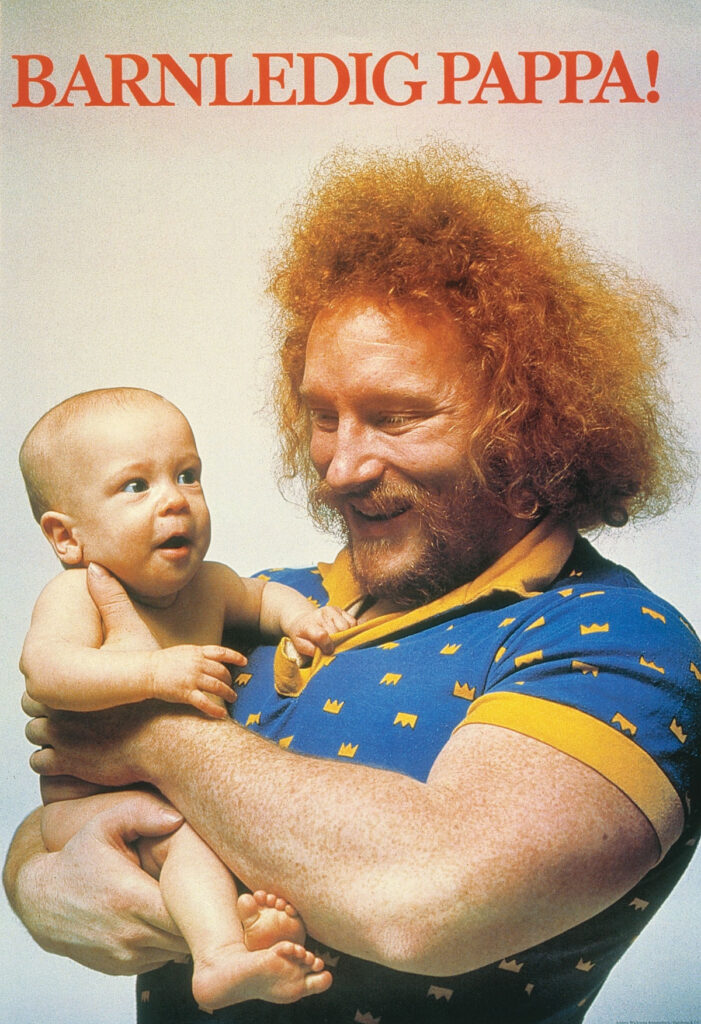
Photo: Reijo Rüster/Social Insurance Agency
It’s probably one of Sweden’s most beloved propaganda images: the Social Insurance Agency’s poster featuring weightlifter Lennart ”Hoa-Hoa” Dahlgren gently lifting a baby.
Sweden was the first in the world with a gender-neutral parental insurance.* That is, paid parental leave that wasn’t just available to mothers. However, in the year it was introduced, 1974, only 0.5% of parental leave was taken by men. By 1978, that number had crept up to 4.5%. Hence the push in the form of this inspirational image.
As a side note, it wasn’t Hoa-Hoa’s own baby. And he himself never took any parental leave. (However, the baby did, when it became a father.*)
If you’re Swedish, you’ve probably seen this picture many times before. But did you know that there’s also a film version of the campaign? I didn’t either, until @ingridamalia tipped me off!
It hasn’t aged as well as the poster.
Source: The Swedish Film Archive
The film starts with Hoa-Hoa strutting in a gigantic, square fur coat. Then he makes some kind of roided up raid on a preschool. Bellowing, he rushes into a room full of children and attacks them. They scream and overwhelm him. Hit him on the head with a stick that breaks. He contorts his face in grimaces. They scream with laughter. Finally, he throws a kid (probably not his either) over his shoulder and struts back home.
So this is supposedly how he picks up from preschool – every day. A tired toddler parent. 😅
It’s a gender cliché to portray fathers, or male preschool teachers, as playful uncle types. But it would be anachronistic to expect modern gender awareness from a campaign film from 1978. And remember: in 1978, only 4.5% of parental days were taken by men. So few even knew what a father on parental leave looked like.
That’s probably what makes the poster so timeless. That it’s so tender. Quiet. Soft. That it feels like a warm, fuzzy embrace.
Sources
1. Gender Equal Parental Leave Use in Sweden: The Success of the Reserved Months by Ann-Zofie Duvander and Sofie Cedstrand in Successful Public Policy in the Nordic: Cases, Lessons, Challenges, Oxford University Press, 2022
2. The Baby Has Had Its Own Baby, Anna Asker, SvD, 2005
New Photo Exhibition: Digital Inclusion
Digitalization makes life easier. For some of us. For others, it means facing barriers in everyday life, barriers that those who fit into the norm don’t even think about.
This is the theme of the photo exhibition Digital Inclusion. It is created by Senter for likestilling, and I have taken the photos.
Seven individuals share their experiences of encountering digital barriers or helping others overcome them, and share their visions for breaking down these barriers so that everyone in society can participate on equal terms.
One in five people in Norway experiences barriers that can lead to digital exclusion. Nearly a million people. In Sweden the Internet Foundation estimates that 6% of the population, around 625,000 people, lives in digital exclusion.
The exhibition will be on display in February and March at @krsbib in Kristiansand, Norway.
Kings, politicians and revolutions
I’ve added a new section to my homepage. Under the tab Analyses you can now read my dissections of images from as varying topics such as the Swedish monarchy, the feminist revolution in Iran and gender-roles in media coverage of politicians.
If you want to follow my analyses of different topics from a gender-perspective in real-time, follow me on Instagram.
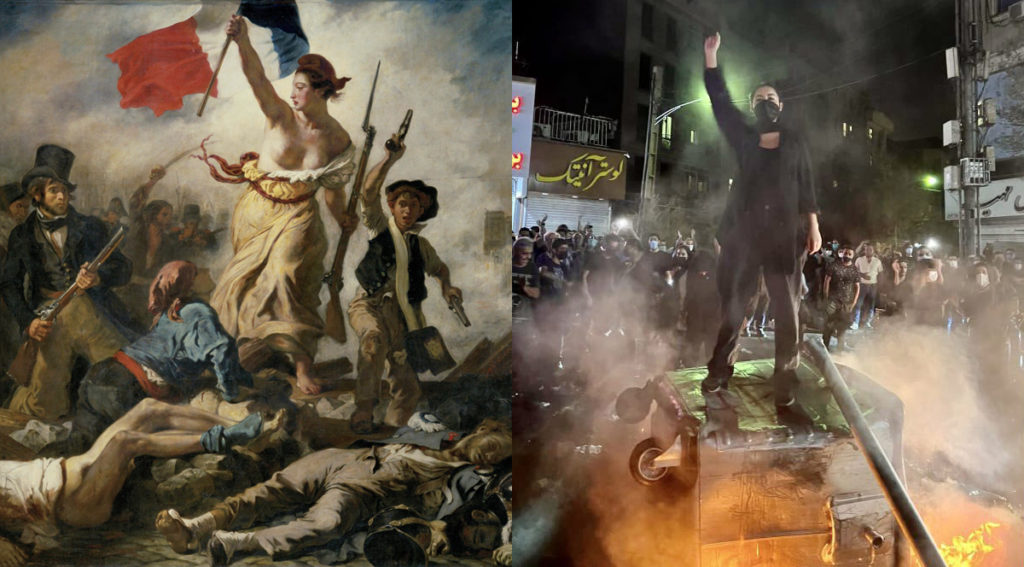
Swedish Politicians VS. Gender
All right then! My election special – in which, during 30 days before the Swedish election, I analyzed examples of politicians in the media – is done!
There were 19 posts in total, with analyzes of over 70 images, headlines and clips.
It is now collected under the Analyses tab.
If you prefer it, you can read the posts in their original format on my Instagram.

